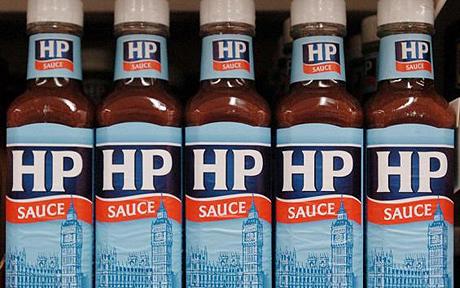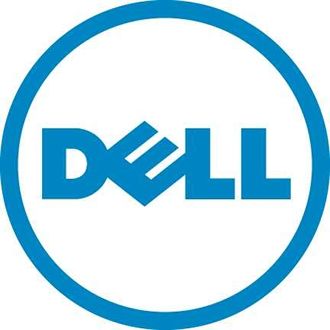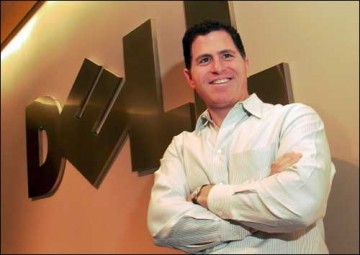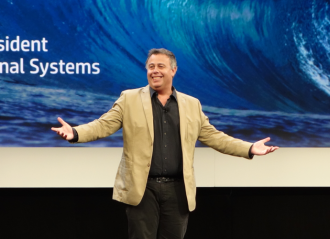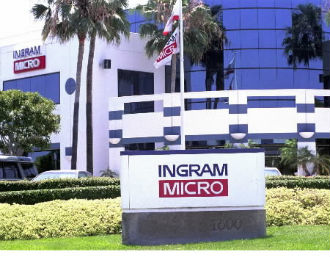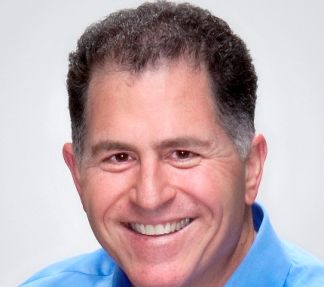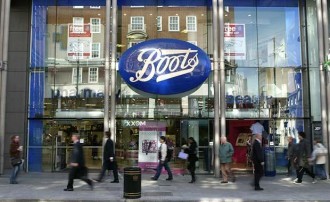 BT has won a big contract to provide the underling infrastructure for Boots as it prepares to push forward with an ‘omni-channel’ strategy.
BT has won a big contract to provide the underling infrastructure for Boots as it prepares to push forward with an ‘omni-channel’ strategy.
Boots has contracted BT to overhaul its IT infrastructure in the UK and the rest of Europe as part of a wider digital transformation. It wants to get better at omni-channel retailing, it thinks that is where the money is.
The high street retailer will soon be bringing in more ways for customers to interact with the brand online and in-store. And new voice and communications technologies for staff will also be introduced.
Boots has a lot more network requirements and a lot more bandwidth requirements – with that goes resilience.
“If you become dependent on digital tools in-store, you don’t want those things to be unavailable.”
BT will roll out dedicated fibre Ethernet services and copper-based networks to flagship stores, improve internal systems, and shops will have a “future-ready” network to adapt to new technologies. This should also speed up in-store processing time for pharmacy orders, stock replenishment and booking appointments.
Currently the outfit has a lots of different legacy systems – in data, in data centres, networking and other infrastructure. So the company was after a way to centralise network services in one place, in a way that was better for security and application control.
It is also an early adopter of BT Connect Intelligence IWAN. It’s a managed service that allows for automatic routing and optimisation of network traffic, and the intention is to provide more visibility on applications performance.
Boots tried several contractors but BT came out on top in terms of reliability and for its innovations like IWAN. It was also a good deal money wise.
